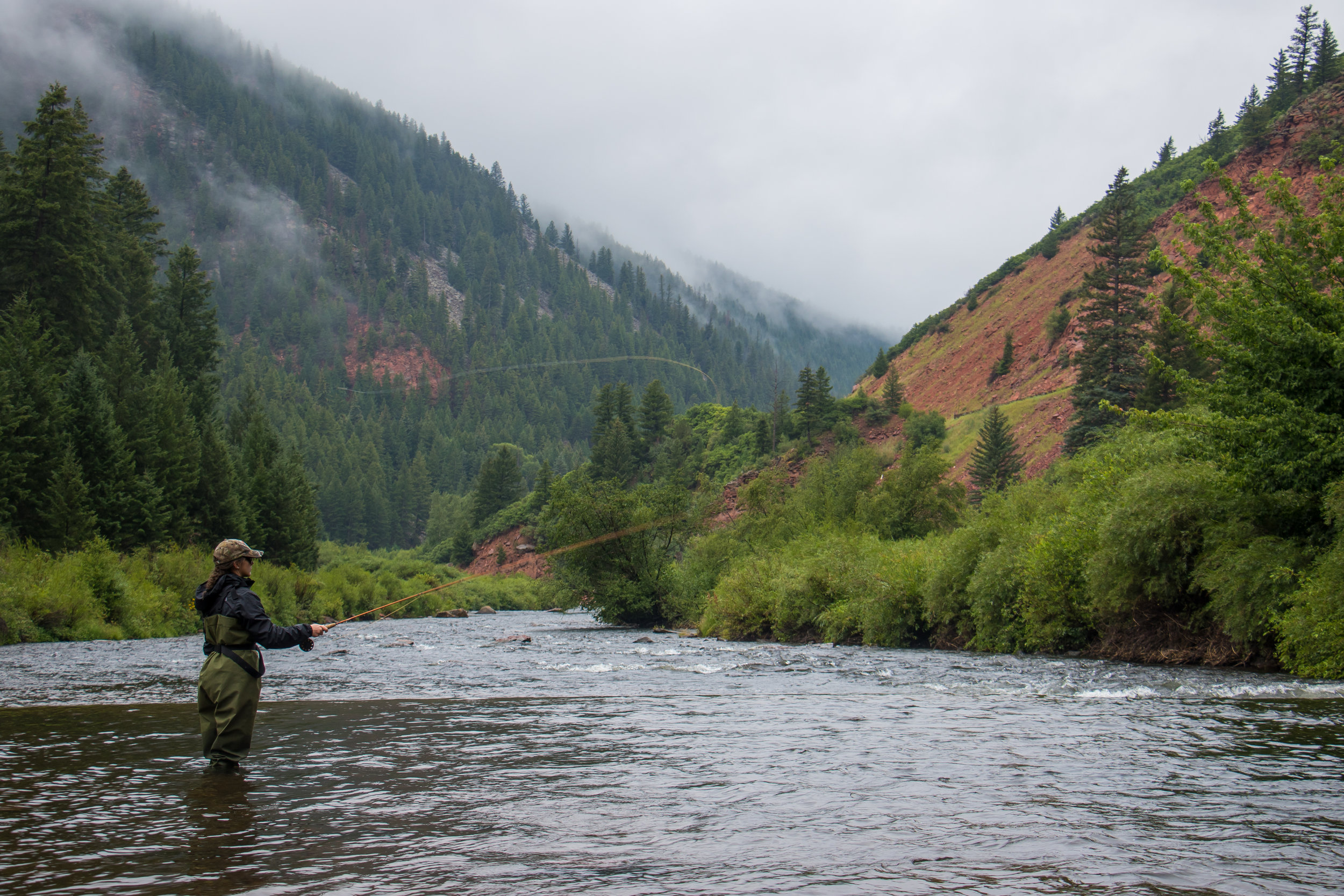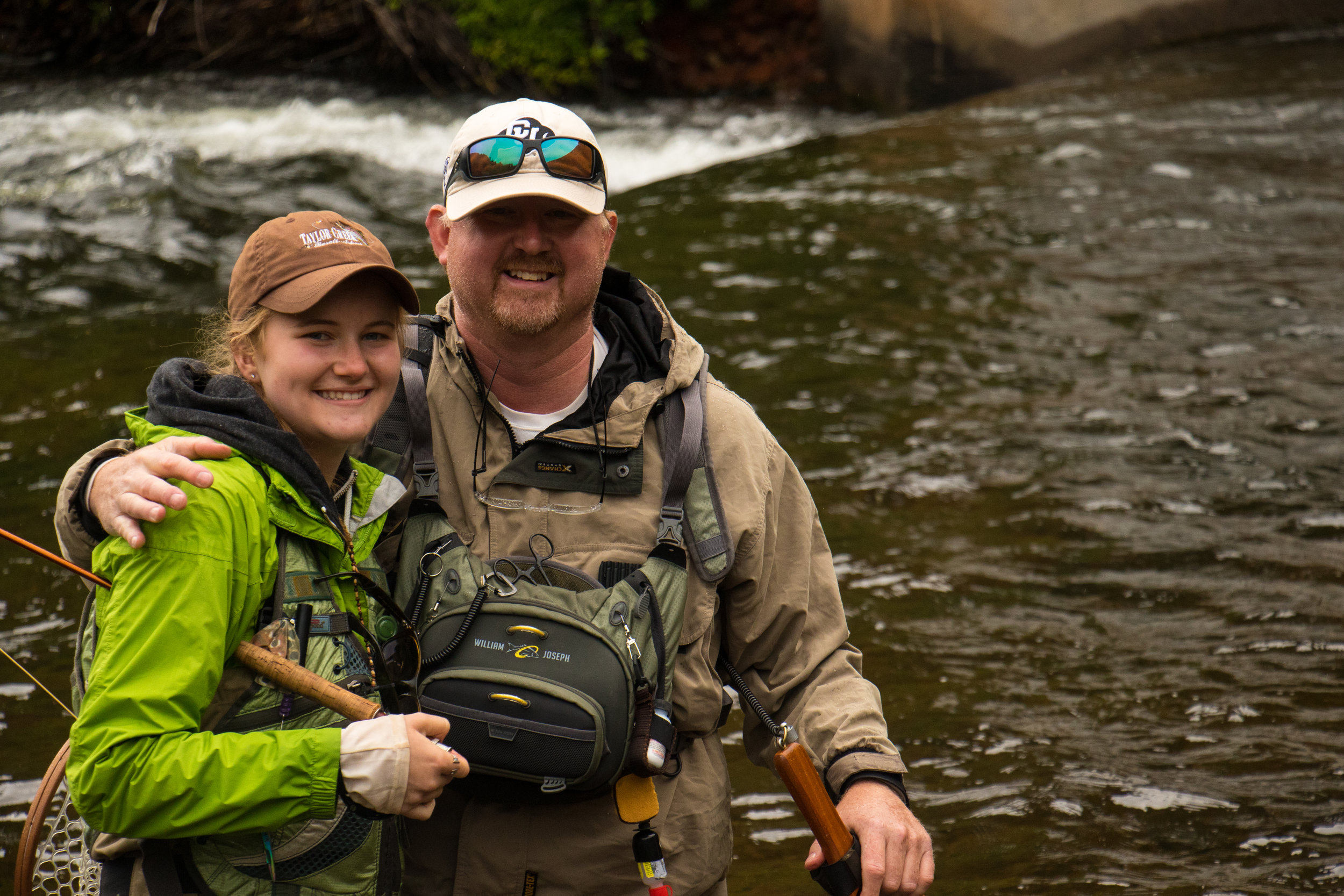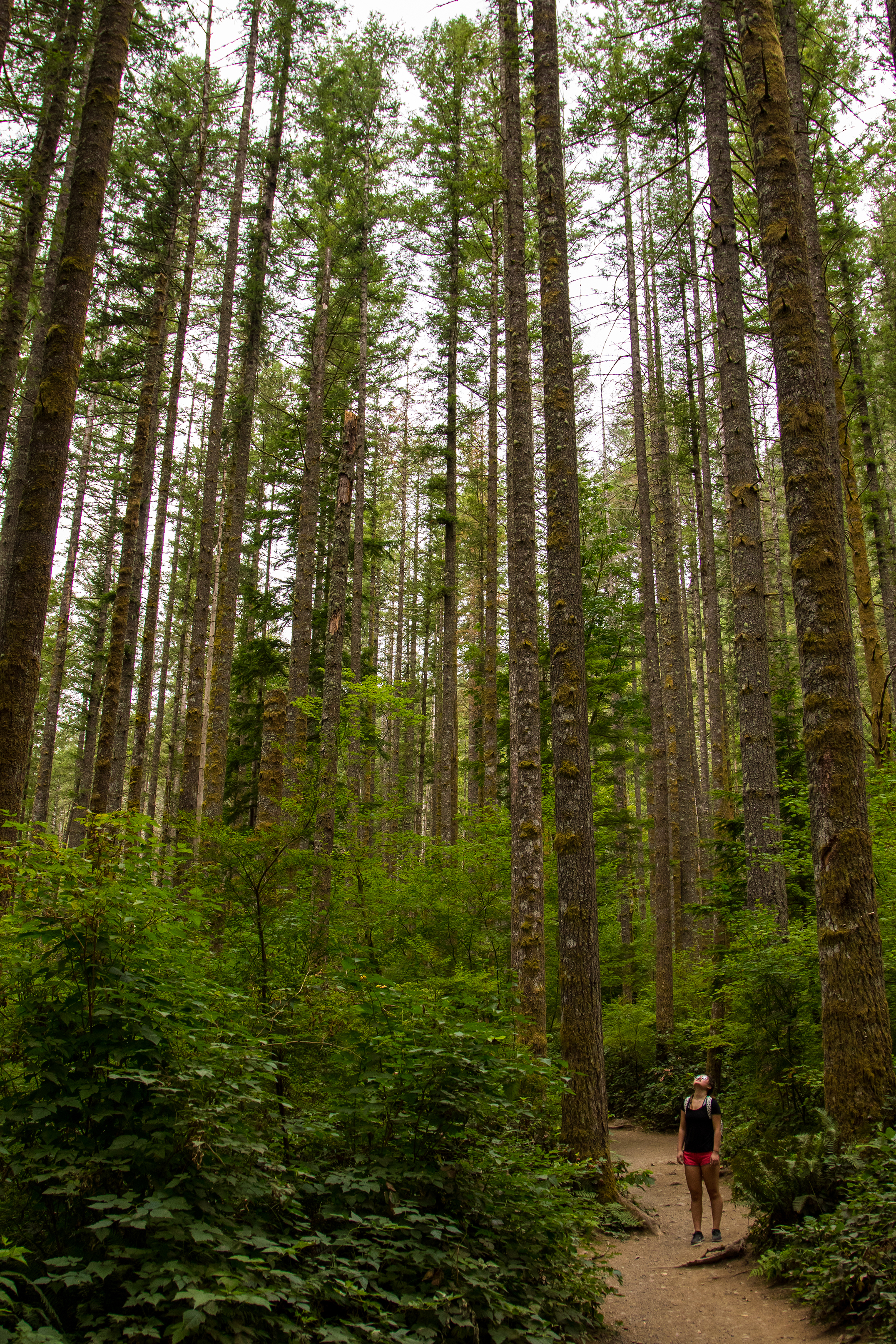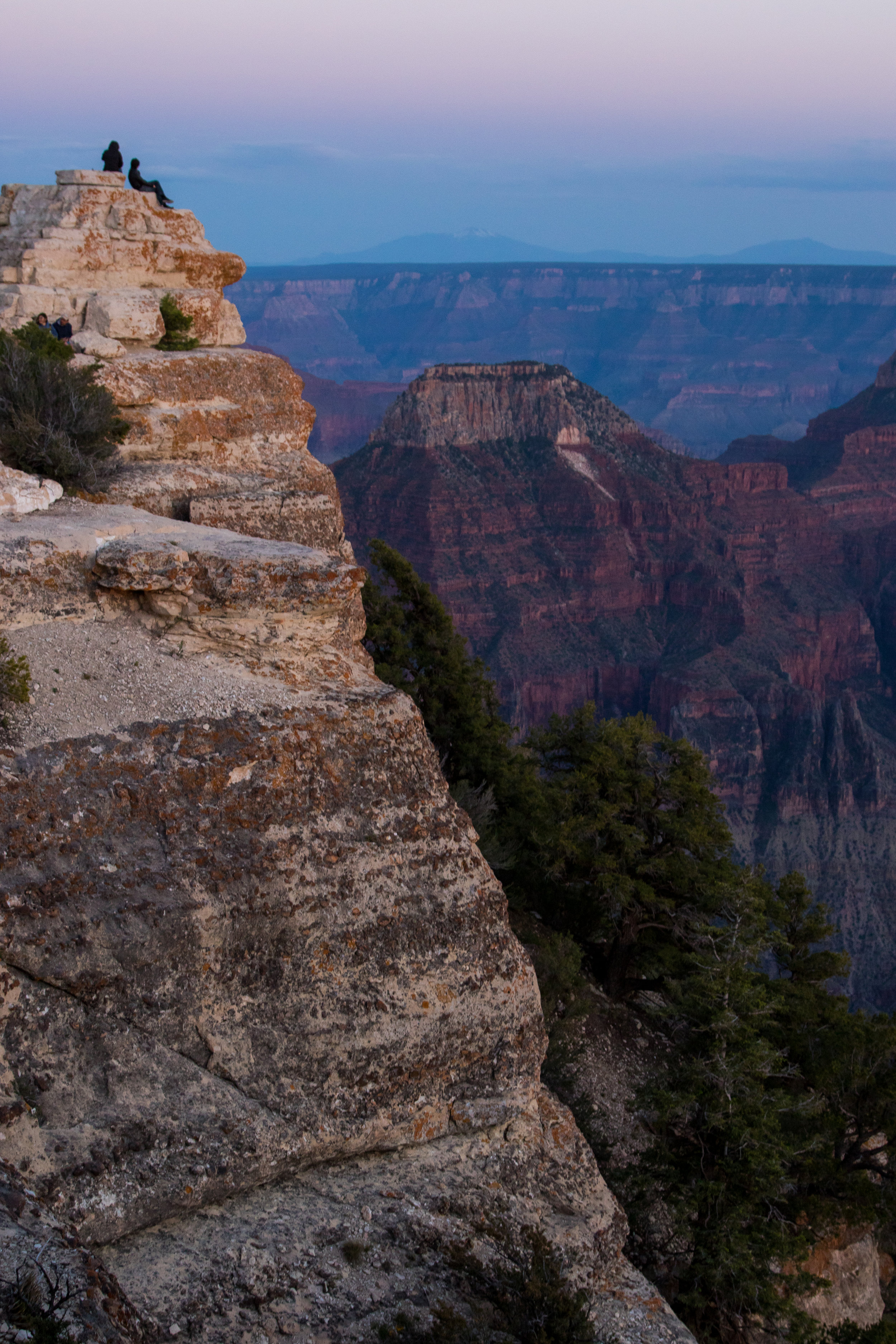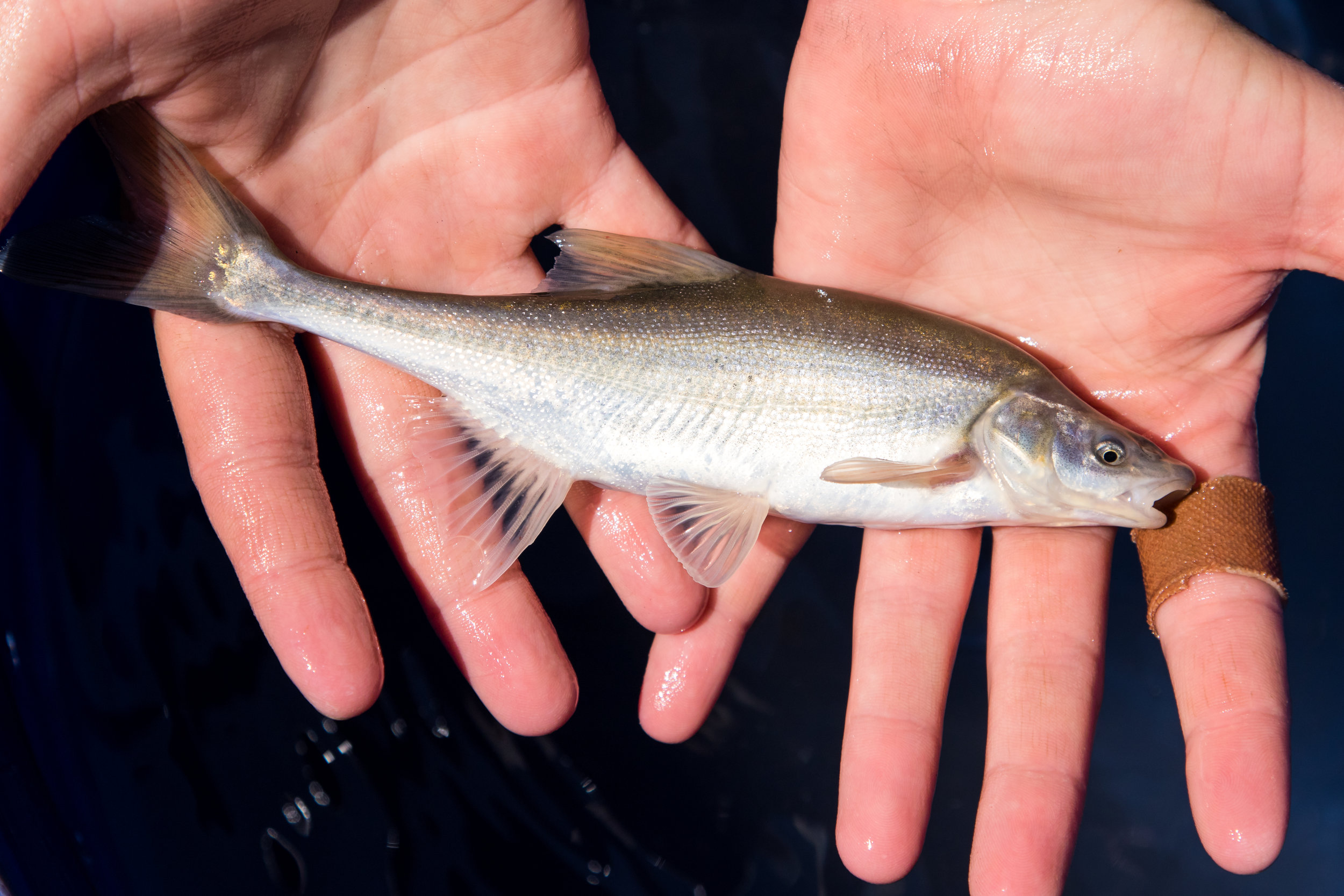The Great Sand Dunes in the San Luis Valley, Colorado, are ethereal. They are a popular destination for students at the University of Colorado Boulder, who are looking for a weekend escape.
I first visited the Sand Dunes with a group of friends one summer in high school. I was sixteen. I was new to hiking and new to adventures. I was just starting to form my relationship with nature. And the Dunes absolutely blew me away. We woke up long before dawn to witness the sun rise in all its glory over the Dunes and then, once it became too hot to walk across miles of sand, we resorted to making sand castles in Medano Creek.
So many great photos and memories came from that weekend. Every time I hear talk of the Dunes in college, I think back to those special moments.
When one of my hiking-club friends and one of my roommates mentioned their eagerness to get to the Dunes, I immediately picked a weekend for us to go.
We arrived at the park around 2:00pm, got a backcountry permit, and started hiking around 3:30pm. We didn't have to go far, only a mile and a half in, or "over the ridge" before we could find a place to camp.
The Dunes play mind games with you. Actually, the entire San Luis Valley plays mind games with you. It's not your typical National Park experience, where it seems like you're driving for hours and hours in the middle of no where, until you suddenly stumble upon one of nature's gems. You can see the Dunes from 50 miles away. They seem tiny. They look so close—you wonder why your GPS still says you have an hour's worth of driving.
As you get closer, they appear to get bigger, but not abnormally bigger. It's not until you're standing right in front of them, that their size begins to blow your mind.
Where the hell did this random pile of sand come from?
Wind. And water. And rocks. The Sangre de Cristos beckon in your amazement.
My two friends and I locked the car and began our hike into the Dunes. We were amazed that Medano Creek was still running this time of the year, crossed it, and started hiking through the sand. We came to our first dune and instantly felt the sand's strain in our calves. A mile and a half with a backpack in deep sand didn't seem too easy anymore.
Our hike wasn't too bad until we reached the highest dune, the last one we had to ascend before we were technically in the "backcountry" of the park. Somehow, we picked a route that seemed to be the steepest. We were on a steep ridge, the dune sharply dropped to our right, and the sand in front of us was long and nearly vertical.
As soon as we started climbing up, the wind kicked in. It almost blew us over. With every two steps we took, we would slide back down a step while being almost knocked over. We'd stop every few seconds to let the wind die down, take another few steps, and stop again. It felt like forever, on the side of that dune.
Once we reached the top, we looked down at what we had just accomplished, and it only looked like 200 feet. We turned around and looked at the park's backcountry. The Dunes went on forever. The San Luis Valley seemed infinite. The San Juans looked to be thousands of miles away. This Park really does play tricks on you.
Our scary little moment climbing over the ridge definitely came with rewards. We all had a layer of sand stuck to our cheeks, and got to watch the sun set over the Sangres without seeing another soul. Darkness brought a 180-degree view of the night sky, uninterrupted by trees, rocks, or peaks.
We all slept soundly on the sand and returned to class on Monday with many more special moments, photos and stories from the Dunes.

